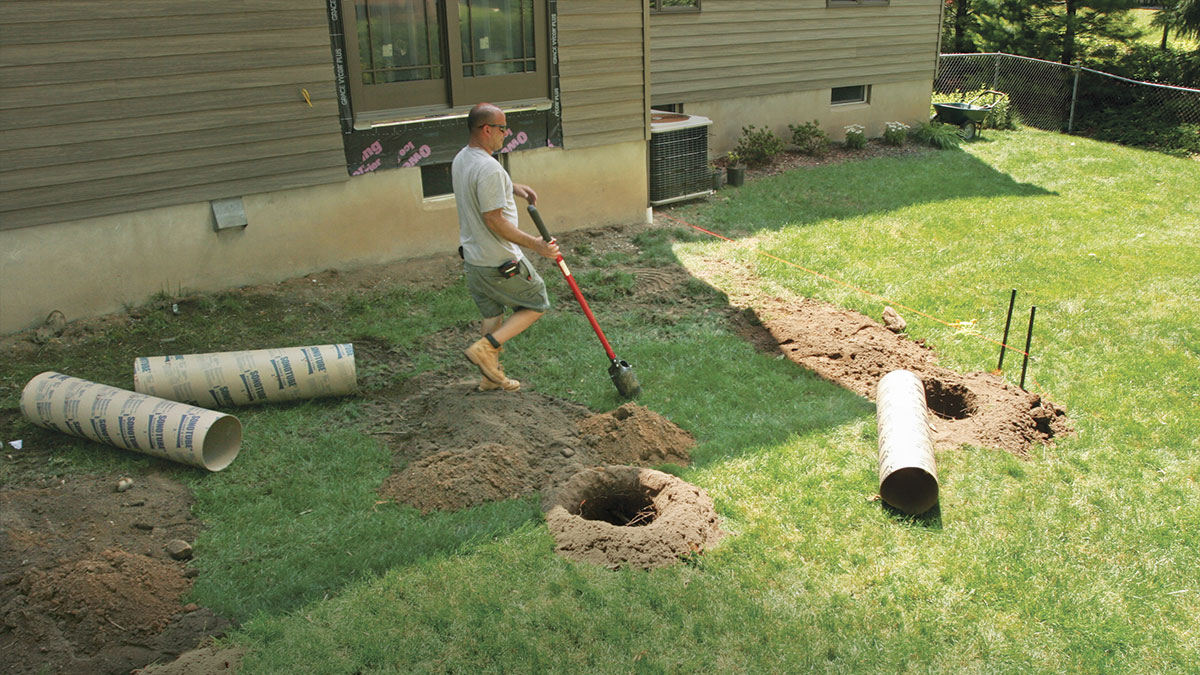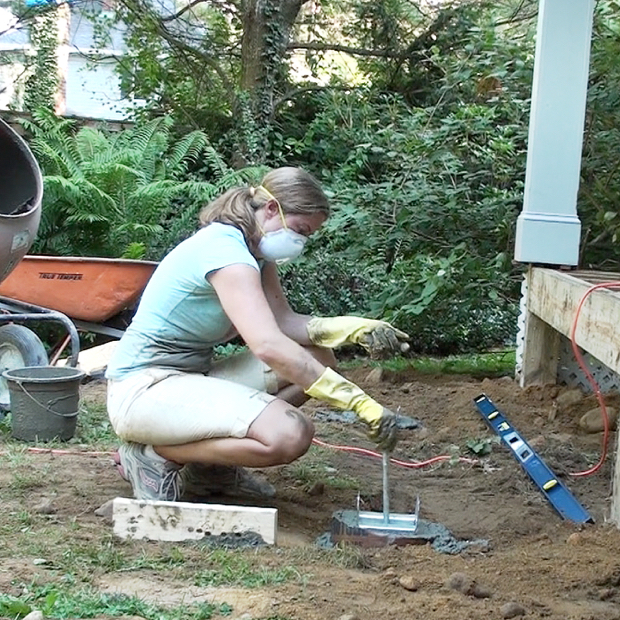Deck Footings 101: Navigating the Fundamentals for a Secure and Durable Deck
Specialist Tips for Installing Deck Footings to Assistance Your Outdoor Room
When it concerns developing a deck, among one of the most vital elements to consider is the setup of appropriate grounds. These grounds are the structure upon which your outside space will certainly rest, giving stability and support for several years ahead. What exactly does it take to mount deck footings correctly? In this conversation, we will certainly check out experienced pointers and strategies that can aid make certain a successful and long lasting deck installation. From selecting the best type of footings to preventing typical errors, we will offer you with the knowledge and insights you require to with confidence start your deck-building journey. So, allow's dive right in and uncover the trick to a resilient and strong outside area.
Importance of Proper Deck Footings
Appropriate deck footings are vital for making certain the security and durability of your outdoor room. Without strong and effectively mounted footings, your deck might come to be unpredictable, leading to safety and security risks and expensive repair work.

In addition to security, appropriate deck footings additionally add to the durability of your outdoor area (Deck Footings). Grounds that are designed and built to withstand the aspects and dirt conditions in your location will help stop the deck from shifting or clearing up over time. By making sure the footings are effectively sized and set up, you can lessen the danger of damages to the deck structure, extending its lifespan and reducing the need for costly repair work or replacements

Selecting the Right Kind Of Footings
When selecting the ideal sort of footings for your deck, it is essential to consider variables such as dirt problems, neighborhood building ordinance, and the total layout of your outdoor area. The kind of footing you choose will play a crucial role in ensuring the stability and durability of your deck.
One usual kind of footing is the concrete footing. Concrete footings are ideal for the majority of dirt problems and supply outstanding assistance for decks.
In many cases, you may need to use specialized grounds, such as heap grounds or deep foundations, if you are building a big or multi-level deck. These grounds are made to disperse the weight of the deck over a bigger area, guaranteeing stability and stopping sinking or settling.
Prior to choosing a kind of footing, it is vital to get in touch with neighborhood structure codes and regulations to guarantee compliance. In addition, take into consideration the design and planned use of your outside area. Aspects such as the dimension, shape, and load-bearing needs of your deck will certainly affect the kind of footing that is most suitable.
Preparing the Ground for Footing Installation
To effectively prepare the ground for footing installation, it is important to assess the soil conditions and take essential steps to make sure stability and resilience of the deck. The very first action is to dig deep into the area where the footings will certainly be set up.
As soon as the location has actually been excavated, the next action is to small the dirt. This can be done using a plate compactor or by utilizing a hand tamper. Compacting the soil assists to remove any kind of voids or air pockets, which can result in settling and instability gradually.
After condensing the soil, it is very important to lay a layer of crushed rock or smashed rock at the end of the excavation. This will certainly supply drain and help to stop water from pooling around the grounds, which can result in disintegration and instability.
Step-by-Step Guide to Installing Deck Footings
After properly preparing the ground for footing installation, the following action is to begin the procedure of installing deck grounds. This step-by-step guide will certainly supply you with a clear understanding of how to install deck grounds for your outdoor room.
Establish the place: Start by noting the placements of the deck grounds using risks and string. Make sure that the areas line up with the layout and layout of your deck.
Dig the openings: Make use of a post hole digger or an auger to dig the holes for the grounds. The deepness and diameter of the holes should be in accordance with local building ordinance and the specific needs of your deck design.
Degree the holes: Use a degree to make sure go now that the openings are dug to the correct deepness and are degree with each various other. (Deck Footings)
Add crushed rock: Location a layer of crushed rock at the base of each hole to boost drain and prevent the timber from decaying.
Place the footings: Put the footings right into the holes, ensuring they are degree and plumb. Utilize a level and a determining tape to guarantee accuracy.
Protect the grounds: Put concrete into the openings around the footings, loading them to the top. Use a message degree to ensure the grounds continue to be level as the concrete collections.
Permit time for healing: Let the concrete treatment according to the supplier's directions before continuing with the deck building and construction.
Typical Blunders to Prevent During Footing Installment
One vital aspect to consider throughout the setup of deck footings is staying clear of typical errors that can endanger the stability and longevity of your exterior space. While deck footings might look like a simple and uncomplicated component of the building process, forgeting specific factors can result in costly repairs and prospective security threats down the line.

Furthermore, neglecting to set up proper drain measures can create water to build up around the grounds, resulting in rot, degeneration, and the eventual weakening of the deck's structure. Moreover, making use of the wrong kind of footing product or stopping working to adequately safeguard the footings can jeopardize their architectural integrity.
To stay clear of these blunders, it is necessary to speak with an expert or adhere to industry guidelines to make sure proper footing installment. By doing so, you can ensure the stability and durability of your exterior room, offering a enjoyable and risk-free atmosphere for many years to find.
Conclusion
Finally, installing appropriate deck grounds is essential for the security and longevity of your outside room. By picking the right kind of footings and sufficiently preparing the ground, you can make sure a strong structure for your deck. Adhering to a step-by-step overview and staying clear of typical errors throughout footing installment will better boost the durability and safety of your deck.
Proper deck footings are necessary for official site ensuring the security and durability of your outside area. The footings serve as a link between the deck and the ground, allowing the weight of the deck and its occupants to be dispersed equally right into the soil.One common type of footing is the concrete ground. Place the footings: Place go the grounds right into the holes, making sure they are degree and plumb. Protect the footings: Put concrete right into the holes around the footings, loading them to the top.